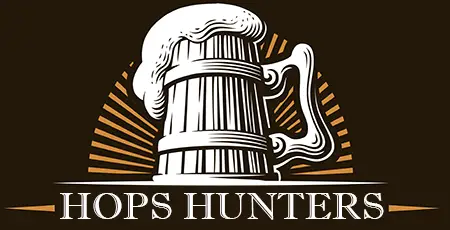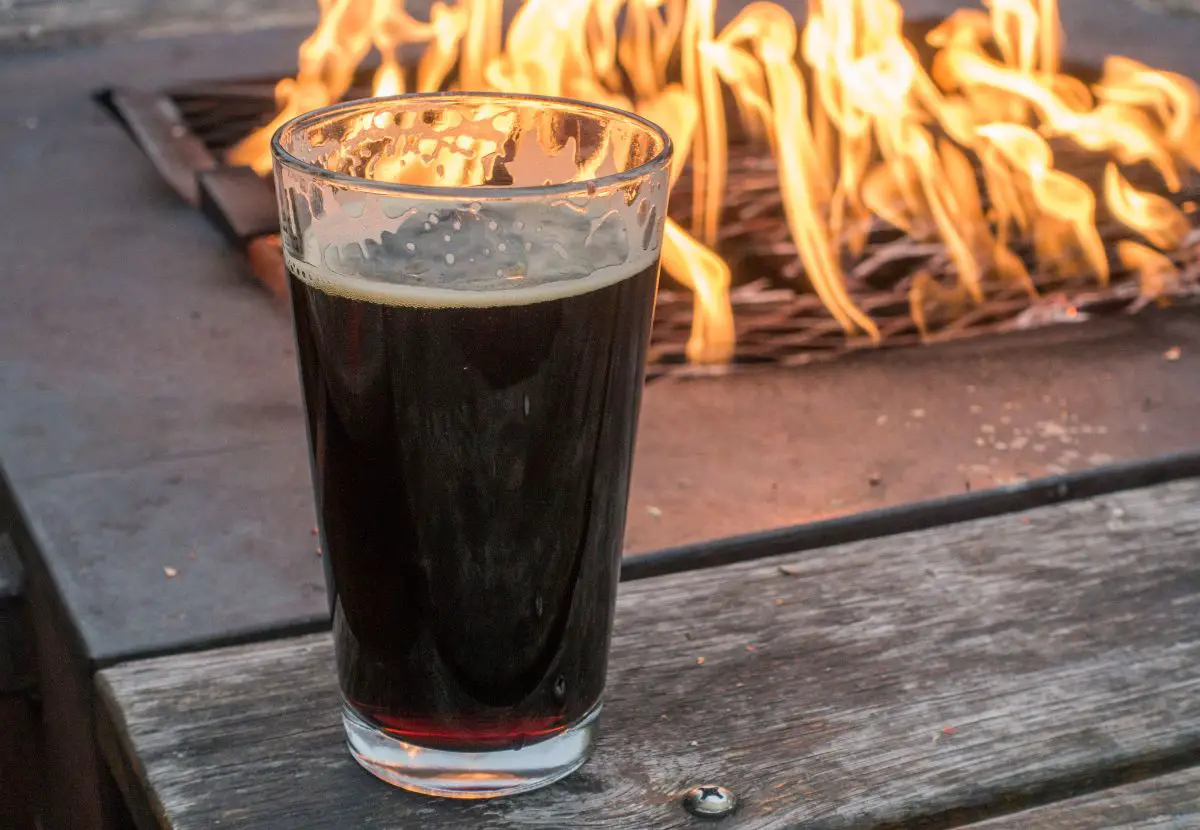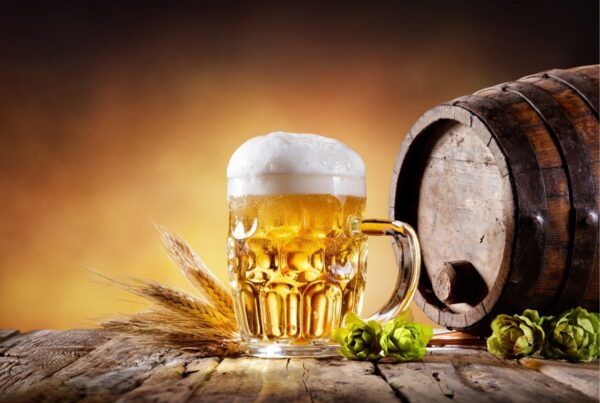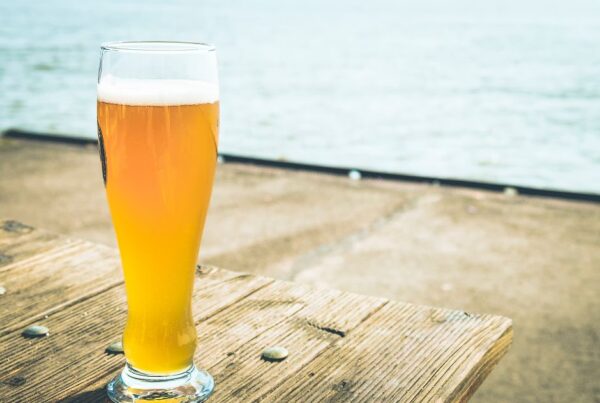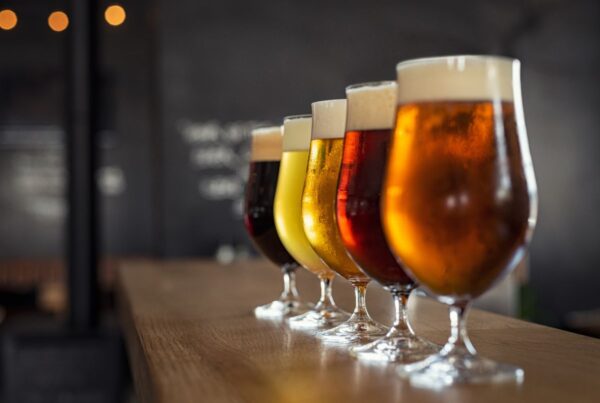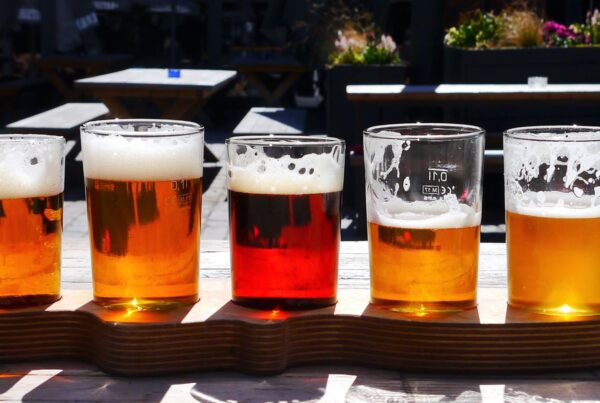Do Darker Beers Have Stronger Alcohol Content?
If you’ve been judging a beer’s alcohol content by its hue, well, my friend, it’s time we set the record straight.
Darker malts lead to darker beers, yes—but does that mean they pack more of a wallop?
In the world of beer, looks can be deceiving…
Kilning 101
The kilning process, where malt is dried and sometimes roasted, helps determine how light* or dark the color of your beer is.
Note: To clarify, when we talk about a beer being “light” in color, we’re referring to its appearance. This shouldn’t be confused with “light beer” (beers that have been specially brewed to contain fewer calories and less alcohol).
Different types of malt, such as pale malt, caramel malt, chocolate malt, or black malt, produce different colors in beer, and this is directly due to the varying degrees of kilning/roasting they undergo.
Heating the malt to high temperatures darkens the grains and, in turn, the beer. It’s similar to how coffee beans become darker and more aromatic as they’re roasted.
So in simple terms, higher kilning temperature = darker malt.
Of course, there are a few other factors can also contribute to the color of your beer—so let’s go over them quickly:
- Maillard Reactions – During the brewing process, Maillard reactions can occur between amino acids and sugars in the malt. These reactions, which are also responsible for the browning of food during cooking, can affect the color of the beer.
- Boil Duration – The length and intensity of the boil during the brewing process can influence beer color. Longer, more intense boiling can lead to darker beers.
- Additional Ingredients – Any additional ingredients added to the brew, like fruit, spices, or even certain types of yeast, can also influence the color of the beer.
- Barrel Aging – This is less common, but beers aged in wooden barrels can darken over time due to oxidation and interactions with the wood.
As you can see, none of these things are directly linked to the amount of alcohol in your beer. In fact, color has about as much to do with your beer’s alcohol content as the color of a car has to do with its speed.
So where does the strength of your beer come from? The answer might surprise you: Yeast.
Yeast converts sugars in malt into alcohol. So a brew brew with a higher malt to water ratio or one that uses a yeast strain with higher alcohol tolerance, will have a higher alcohol content, regardless of its shade/color.
Exceptional Exceptions: Porters & Stouts
Let’s consider the special case of stouts and porters. If you were going strictly by shade, you might think these would be some of the strongest on the shelf. (And this is a common misconception about them.)
While stouts and porters are generally rich, full-bodied, and intense in flavor, they don’t always have a high alcohol content. That’s because that “fullness” comes from the use of roasted malts, not from an excess of alcohol.
Sure, you can find imperial stouts boasting alcohol levels that would make wine blush (no pun intended) but you can also stumble upon session beers that are considered stouts with as low as 4% ABV (alcohol by volume).
The Bottom Line
So, are dark beers stronger? Not necessarily. The fact is, any beer, whether dark as night or pale as morning sun, could sneak up on you with a potent punch.
While the shade and color of your beer might not be a reliable strength detector, it does provide some clues about other characteristics of your beer. Click here to learn more about different colors of beer and what they can tell you about your brew.
